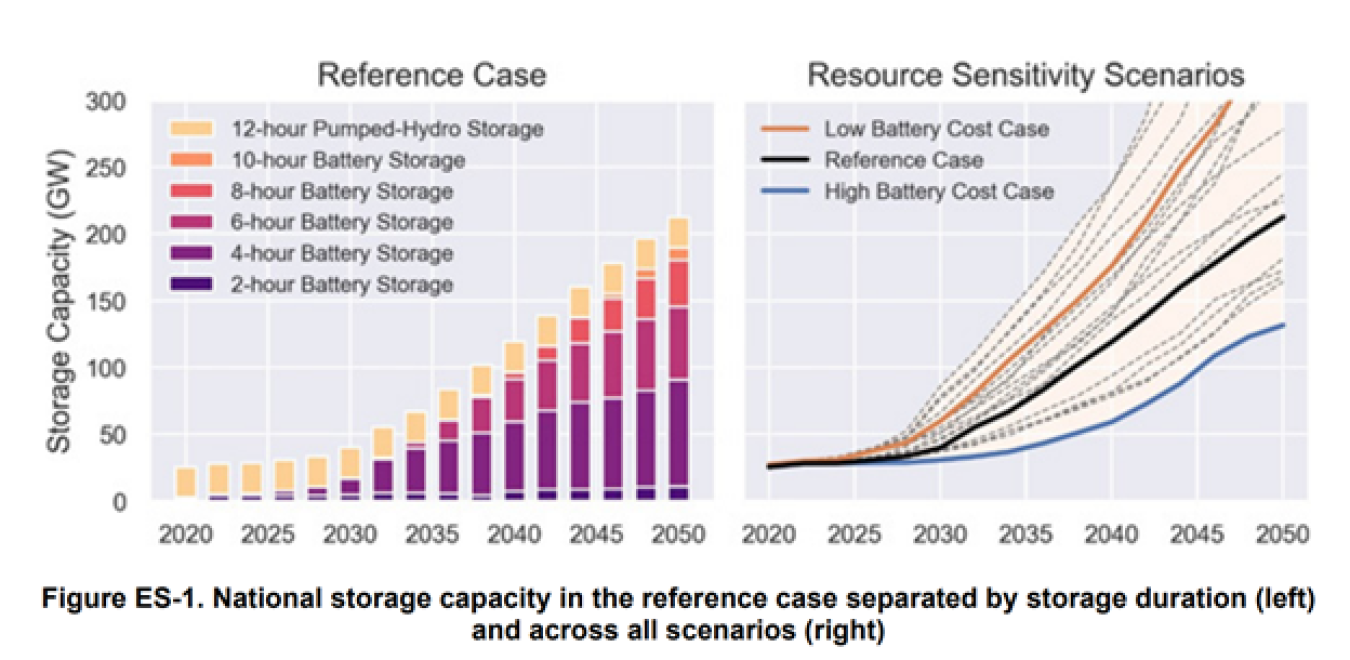
This third report in the Storage Futures Study series models the evolution of diurnal storage (<12 hours) within the U.S. electricity sector through 2050 using a least-cost optimization framework. The results show significant market potential for diurnal energy storage across a variety of scenarios using different cost and performance assumptions for storage, wind, solar photovoltaics (PV), and natural gas. Across all scenarios modelled, energy storage deployment exceeds 125 gigawatts by 2050, more than a five-fold increase from 23 gigawatts (all of which is pumped-hydro) of installed capacity in 2020. Depending on cost trajectories and other variables, 2050 storage deployment totals up to 680 gigawatts, largely driven by system flexibility and greater PV penetration on the grid. These results, based upon technology cost reductions consistent with the 2020 NREL Standard Scenarios paired with updated battery cost projections, highlight the fundamental drivers of diurnal storage deployment and the increasing competitiveness of storage resources. Across these cost-driven scenarios, variable renewable energy (VRE) reaches penetrations of 43-81%, but does not achieve the deployment needed to meet deep decarbonization goals. Future work will consider scenarios with an accelerated transition to a clean energy grid by 2035 and the resulting impact on storage deployment.

